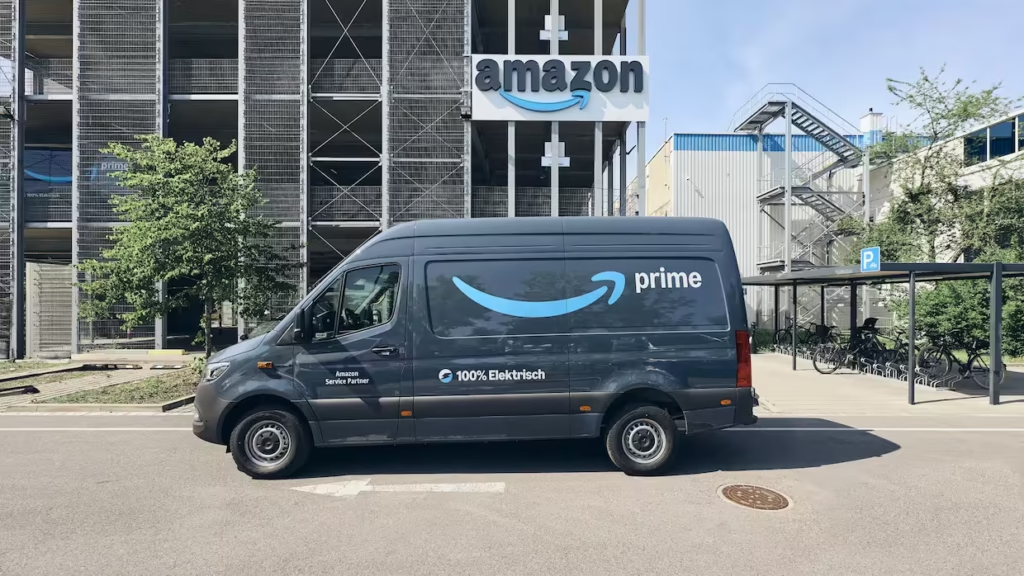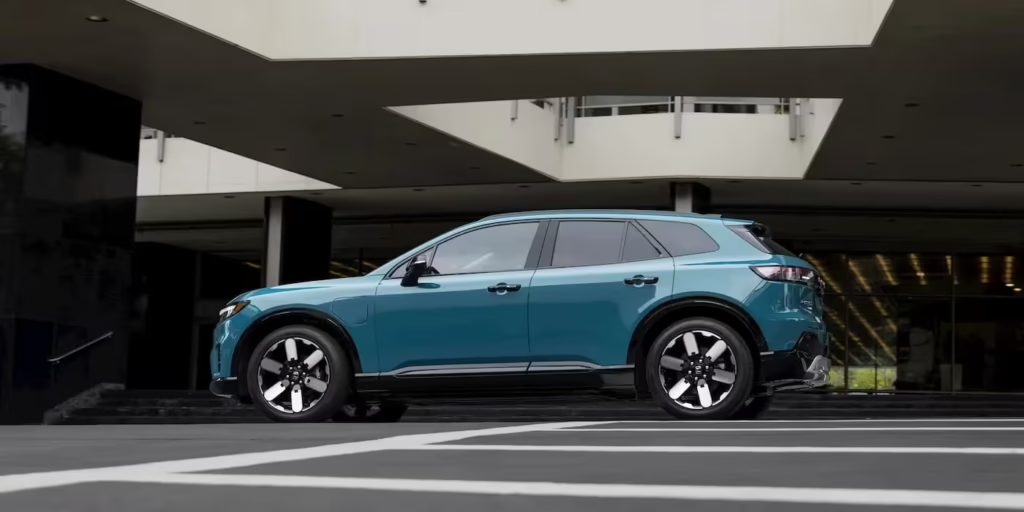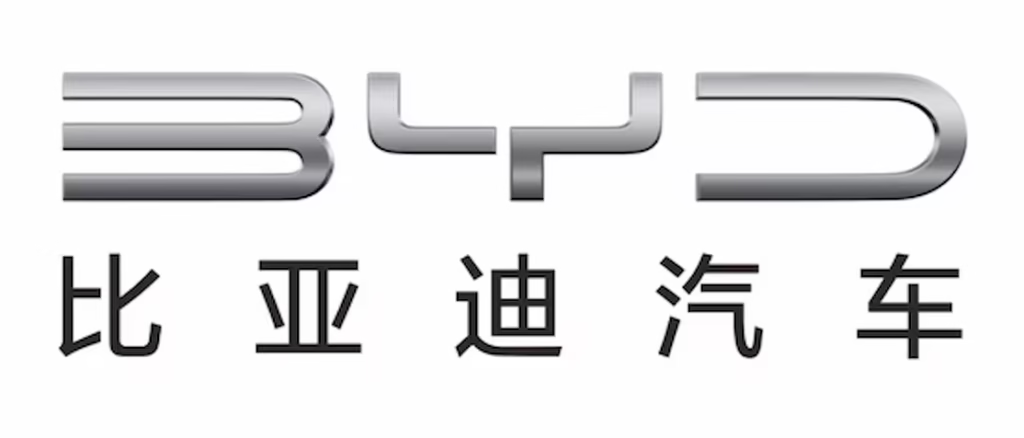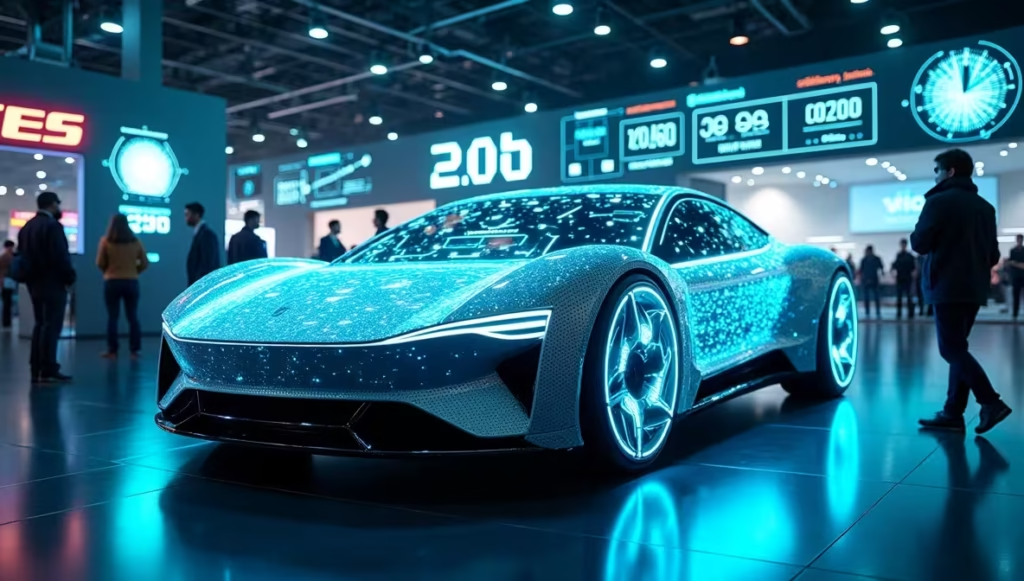5,000 Electric Vans: Amazon’s Bold Push for Cleaner Deliveries 🚚
Amazon just added 5,000 electric Mercedes-Benz vans to its European delivery fleet, marking a significant leap forward in sustainable logistics. The move, one of Amazon’s largest EV rollouts to date, reinforces its commitment to net-zero carbon by 2040 under The Climate Pledge.
The fleet includes both the eSprinter and eVito models, set to operate across five European countries: Germany, France, Italy, Spain, and the UK. This deployment highlights how big tech and logistics companies can lead the transition to electric transport while enhancing operational efficiency.

Why This Matters: Zero Emissions, Real Impact
Each electric van replacing a diesel counterpart reduces CO₂ emissions, air pollutants, and noise levels in dense urban areas. According to Amazon, the new vans are projected to deliver over 200 million packages annually across Europe without producing tailpipe emissions.
Here’s what this means in context:
- Environmental benefit: An estimated savings of thousands of metric tons of CO₂ per year.
- Public health: Reduced exposure to nitrogen oxides and particulate matter, particularly in cities where pollution has historically been a concern.
- Innovation catalyst: Mass adoption of EV delivery fleets encourages suppliers, cities, and competitors to follow suit.
This initiative also complements Amazon’s investments in solar and wind energy, bringing synergy between clean transport and renewable energy.
eSprinter vs. eVito: What’s on the Road?
Mercedes is supplying two EV models tailored to different delivery needs:
🟢 eSprinter: Powerhouse for Long Routes
- Battery range: Up to 300 miles (≈484 km)
- Cargo capacity: 11 cubic meters+
- Best for: High-volume, long-distance logistics
- Features: Regenerative braking, heated driver seat, and fleet telematics
🔵 eVito: The Urban Specialist
- Battery options: 60–90 kWh
- Range: 160–260 miles (≈257–418 km)
- Best for: City deliveries and short-haul tasks
- Features: Compact design, lower energy consumption, agile maneuvering in tight streets
Both models are equipped with Amazon-customized features, including safety tech, delivery-optimized shelving, and route integration with logistics systems.
What Amazon’s Shift Means for the EV Ecosystem
Amazon’s fleet electrification is more than a single-company move — it’s a signal to the entire supply chain, governments, and vehicle manufacturers. Here’s how it’s shaping the EV landscape:
1. Infrastructure Expansion
Amazon’s push increases the demand for charging stations, particularly depot-based fast chargers and urban public stations. This could speed up infrastructure development, benefiting all EV owners.
Real-world impact: In Germany alone, Amazon is co-investing in hundreds of EV chargers at 20+ logistics centers.
2. Pressure on Other Retailers
With Amazon leading the way, competitors like FedEx, DHL, and UPS may accelerate their EV transitions. This raises the bar for industry-wide sustainability.
3. Encouragement for Local Governments
Large EV deployments often attract incentives. Municipalities may respond with EV-friendly zoning, grants, and charging corridor investments, especially in underserved regions.
Europe’s Role in Global EV Growth
Europe has been a trailblazer in electric vehicle policy, and Amazon’s strategy aligns with regional priorities:
- EU Green Deal: Targeting 55% emissions reduction by 2030
- Clean Vehicle Directive: Mandates low-emission fleets for public and commercial sectors
- Urban low-emission zones (LEZs): Amazon’s eVito vans can now serve these areas without penalties
For environmentally conscious individuals, it’s a clear sign that your personal EV purchase contributes to a broader cultural shift — one that corporate giants are now reinforcing.
Lessons for EV Drivers and Sustainable Living Enthusiasts
You may not be managing a delivery fleet, but there are takeaways here for everyday EV owners and sustainability-minded citizens:
- Fleet trends often go mainstream: Innovations like regenerative braking, route-optimized battery usage, and ergonomic interior designs often appear in consumer EVs soon after.
- Support matters: Voting for policies that enable clean fleets, patronizing green companies, or simply advocating in your city council meetings all help drive momentum.
- Eco-living goes beyond the garage: We explore this deeply in our post on 10 Easy Eco-Friendly Habits That Make a Big Difference — simple changes around the home can amplify the impact of your EV lifestyle.
A Look Behind the Curtain: Amazon’s Middle-Mile Emissions Strategy
Amazon is also electrifying its middle-mile logistics, which cover the segment between fulfillment centers and local delivery stations. This is a crucial step because middle-mile trips typically involve longer distances and heavier loads.
According to their sustainability strategy, Amazon is:
- Piloting electric heavy-duty trucks in the UK and Germany
- Expanding its EV charging infrastructure across European logistics hubs
- Incorporating telematics data to optimize energy efficiency and charging cycles
This shows that electrification isn’t just for the final delivery leg — it’s reshaping entire supply chains.
Final Thoughts: One Delivery at a Time
Amazon’s deployment of 5,000 electric vans might seem like a corporate move, but its ripple effects touch many lives — including yours. Whether you’re driving an EV, considering one, or simply reducing plastic use at home, this announcement validates that sustainable practices are scaling up fast.
Clean transportation isn’t a luxury — it’s becoming the norm. Let’s keep pushing for a world where eco-friendly isn’t the exception, but the expectation.
Want more insights into the future of EVs and sustainable transport? Stay tuned to GreenEVLife.com — your go-to source for green mobility news and practical eco living.



